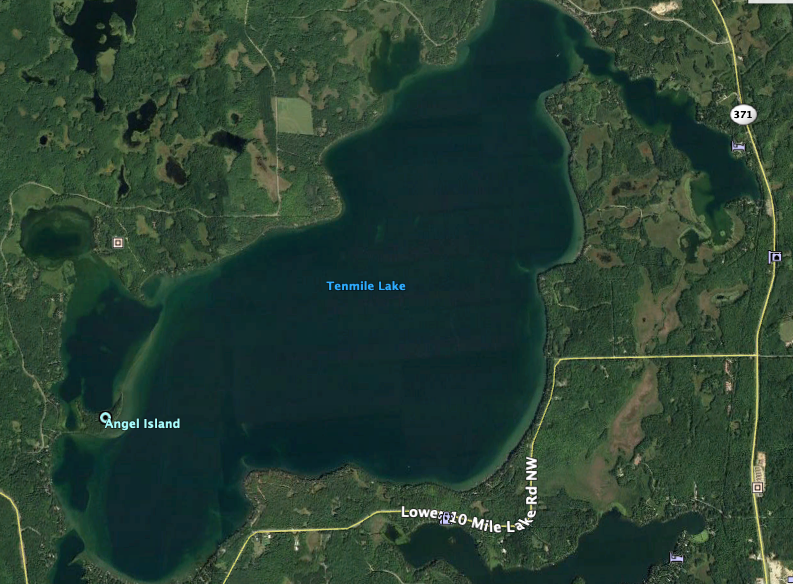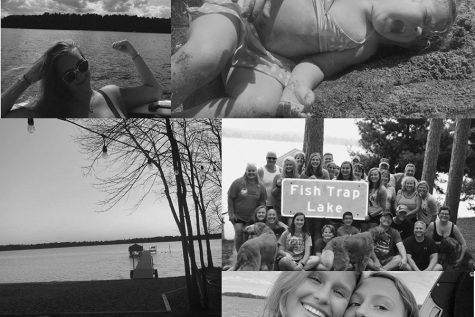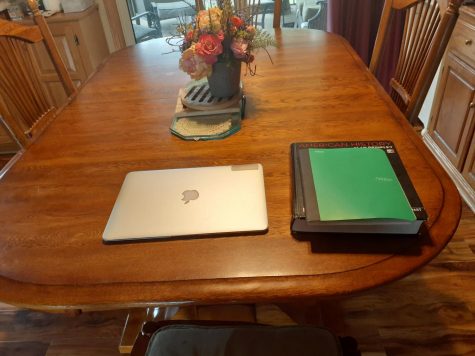Sartell Anglers’ Corner: Types of Cover
How to Breakdown a New Lake When Bass Fishing
This is a very average Northern Minnesota lake that could be fished using the methods explained.
You can find largemouth bass in almost every lake across Minnesota. The hard part about catching them is pinpointing their exact location on that specific body of water.
There are several different types of cover that fish hide in, and several different depth ranges.
To start breaking down a new lake, it is always a good idea to first study an aerial map. This will help you get a better understanding of the overall size and shape of the lake. It can also help you find points, corners and sunken islands on the lake, along with showing you where there could be a pad or rice flat, reeds, or a good stretch of docks.
Personally I always like to start by fishing the breaklines. Breaklines are spots on the lakes where the weed, most often cabbage or coontail, stops growing. This depth can be anywhere from 8 to 16 and sometimes even up to 20 feet deep. The best places to find these breaklines are on points or in corners. You can also find these on sunken islands.
When fishing breaklines, baits that work the majority of the time are jigs or a Texas rigged craw bait.
Another popular place to catch bass is on small or even large pad or rice flats, which are shallow regions of the lake that rice or lily pads have grown. You can fish a lot of these areas without a bite. It is worth the wait because when you do finally get bit, it tends to be a big fish.
In these areas there are a couple of different techniques to catch fish. The most popular area to throw a top water frog, or to use a Texas rig or a jig to punch through the thick mats of vegetation.
Reeds are always a good option for shallow water fish as well; they are also commonly called “pencil weeds” because of their tall and skinny shape. These are similar to pads or rice flats, you can fish a lot of them without a bite. If you can find reeds in slightly deeper water, like 8-10 feet. Bass could very well be schooled up there which means there are several fish in that small area. In reeds you can flip a jig or a Texas rig. You could also, if the reeds are thin enough, use a swimbait, buzzbait, or spinnerbait.
My last resort on a new lake is to fish docks. It does matter what docks you choose to fish, not all docks are created equally. When dock fishing, I like to skip a jig under the dock. You could do this with a Texas rig as well. You want to make sure you cast into the shadows of the dock or at the polls that hold the dock in place.
Not all areas are created equally. If you are fishing any of these areas, it is extremely important to really pay attention to the type of cover the fish are relating to. Along with the depth the fish are found in, this is especially important for fishing pad and rice flats, and reeds.
Another important thing to pay attention to is the bottom. You need to know if it is a hard bottom, or if it is a soft, muddy bottom. Noticing these types of things takes time and experience.
The most important thing to do if you are trying to get really good at fishing is time on the water and of course having fun.

Peyton Henkensiefken is glad to be a senior at Sartell High School and is looking forward to being done with high school. He loves to fish and hunt. He's...









